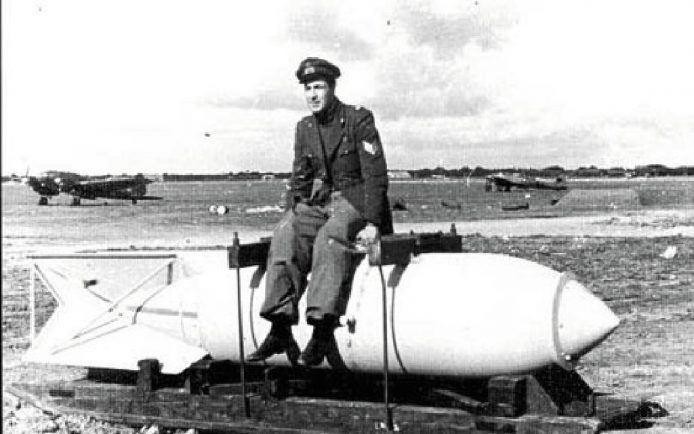THE DISCOVERY of an unexploded World War II bomb, designed to obliterate factories, sparked panic in Cheylesmore on Monday morning (September 21).
Weighing a tonne, and measuring two metres in length, the bomb is believed to be one of the largest dropped by the Luftwaffe almost 75 years ago during the Coventry Blitz.
Multiple roads were closed and the surrounding area made inaccessible to the public while the army’s specialist bomb disposal unit took over 28 hours to deal with the bomb.
Offices were evacuated and over 100 first-year Coventry University students were forced to leave their halls as tonnes of sand, packaged in metal reinforced bags, allowed for two controlled explosions to take place at 10pm and shortly before 11pm on Tuesday night (September 22).
But, the question is – what was the bomb, where did it come from and why didn’t it go off?
Observer Reporter Shaun Reynolds, spoke exclusively to Coventry-based expert historian David McGrory to find out the answers.
Mr McGrory said he believed the bomb was a SC1000 ‘Hermann’ bomb – named after senior Nazi, Hermann Goering.
He added: “The Hermann bomb was made in German factories and were constructed as a result of forced labour, so often these bombs would be tampered with so they wouldn’t blow up by the workers, many of whom didn’t agree with war and bombing.”
Multiple unexploded bombs have been discovered across Coventry since the Blitz, however this bomb was one of the largest unearthed in many years.
Weighing 1 tonne, the historian said it was not uncommon for bombs weighing half that amount not to explode on impact.
He said: “After hitting the ground, a typical 500lbs bomb that didn’t explode would continue travelling through the ground for 15 feet.
“Often these bombs were Delayed Action (DA) bombs that would blast three to four days later – when people would be clearing up all the rubble left over.”
The discovery came just weeks before the 75th anniversary of the Coventry Blitz, which saw 500 tonnes of explosives dropped on the city over an 11 hour period.
Starting at 7.20pm, waves of planes flew over Coventry every 15 minutes dropping bombs from heights of 30,000 feet.
Mr McGrory added: “What people often forget is that the Blitz wasn’t just one night – it lasted several months.
“It’s impossible to say how many unexploded bombs there are left in Coventry – it could be none, it could be five, it could be more.”









